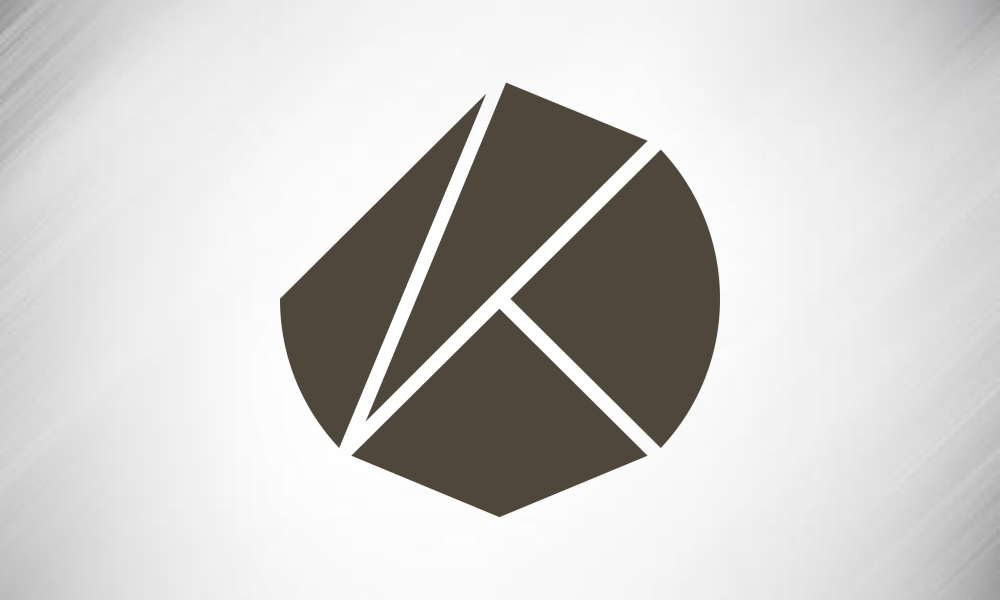Since its inception, the crypto industry has witnessed the birth of thousands of crypto assets. Each crypto asset has its own blockchain infrastructure. These blockchain infrastructures can be of four types: private, public, consortium, or hybrid. Typically, the type of blockchain determines the use cases for blockchain. Moreover, the talent required to build these solutions is rare and in high demand (not to mention the capital required). Therefore, it’s a mammoth task to build your own blockchain. But, it’s obvious that there are a lot of benefits to be reaped from blockchain technology for businesses all around the world. Klaytn (KLAY) is one such blockchain platform that is making it possible for businesses to build their own blockchains and conduct their businesses on them. Let’s understand what Klaytn is and how it enables enterprises!
So, What is Klaytn?
Klaytn is a business-oriented public blockchain project that enables businesses to build and customise their own service-oriented blockchains. These mini blockchains are called service chains and they run autonomously as subnetworks. Moreover, Klaytn is a hybrid chain that combines the best public (decentralised data and distributed governance) and private blockchains (low latency and high scalability). Using this hybrid infrastructure, Klaytn provides a user-friendly blockchain experience. The service chains built on Klaytn has the same capabilities as the hybrid Klaytn chain viz., high performance, scalability, and productivity.
The service chains built on top of the Klaytn architecture are flexible and easy to customise. Therefore, they can accommodate any kind of web service. For instance, financial services, insurance, buying and selling, merchandise, outsourcing, etc. However, with the exception of gambling and financial speculation.
Klaytn’s inception and the way forward
Klaytn was founded by KaKao, a publicly-traded company in South Korea. KaKao is the brain behind South Korea’s most popular messaging application KaKaoTalk. In addition to that, KaKao also has an incredibly successful taxi-hailing app and an online bank. In 2017, KaKao’s attention was drawn to the crypto industry due to the major bullish run of crypto assets. This led to the creation of Klaytn in 2019 with major help from its blockchain-based subsidiary, GroundX. The company had to face a lot of backlash and hurdles just like how Meta (formerly Facebook) did with their LIBRA project.
Since its inception, it has been able to gain a lot of traction. In 2019 alone it amassed more than 40 initial service partners. Currently, the number stands at around 150 service partners. Klaytn has gained momentum cutting across a wide spectrum of industries ranging from healthcare to entertainment and finance, among others. However, over the past few years, the Klaytn foundation has done a bit of course correction and wants to focus more heavily on metaverse projects. It has rebranded itself as an “open-source public blockchain for all who wish to build, work and play in the metaverse”. The next phase of Klaytn will deliver the performance, decentralisation, scalability, and interoperability…that are needed for building a metaverse economy.
Read about: Pros And Cons Of Different Types Of Blockchain
How does Klaytn work?
To begin with, the Klaytn ecosystem addresses its service chains as blockchain applications (BApps). Now, since Klaytn is a business-focused blockchain, it substitutes the Proof-of-work (POW) and Proof-of-stake (POS) consensus mechanism with an enhanced version of Instabul Byzantine Fault Tolerance (IBFT). IBFT is a scaling consensus mechanism that addresses scaling concerns in order to enable the widespread adoption of blockchain technology at an enterprise level. This enables Klaytn to fully offer its hybrid infrastructure. However, Klaytn still allows beginners to employ the POS consensus mechanism via limited validators.
Moreover, the Klaytn blockchain uses Ethereum Virtual Machine and functions closely like the Ethereum network. However, it works at a much faster pace processing four thousand unique transactions in a second while using one-tenth the gas price of Ethereum. Along with that, it also offers a DX offering that allows for sharing data across service chains. Thus, helping the chains become interoperable. In addition to that, the transaction fees on the platform are predictable and low. This makes it easier for enterprises to adopt blockchain technology. Given that Klaytn is focused on enterprises, the governance on the platform is delegated to a board of Multinational corporations and organisations. As such, voting and proposing for improvements and activities are done by enterprises instead of token holders.
The Klaytn Token: A Snapshot
The KLAY token is the native token used on the Klaytn blockchain. The primary purpose of the token is to act as a utility token for all transactions and BApps. The KLAY coin is used to pay for creating and running BApps on the platform. The Klaytn ecosystem also has a reward mechanism called the Klaytn Improvement Reserve. Its purpose is to positively compensate the developers or participants that help the network’s growth or report bugs. The mode of compensation remains the KLAY token which can be used to buy services on the platform. The Klaytn Improvement Reserve can also be used to incentivise participants which in turn helps in the growth of the platform. If you want to buy KLAY coin, you can do so with Zebpay.
Conclusion
The Klaytn blockchain is a public blockchain that seeks to enable enterprises to build their own semi-blockchains to conduct their businesses. So far Klaytn has garnered a lot of traction from multiple industries. However, going forward their focus is on enabling metaverse businesses. The native token of the platform is called KLAY token and is used for transaction fees and as a reward. You can now buy the KLAY token with Zebpay.

